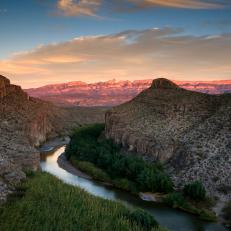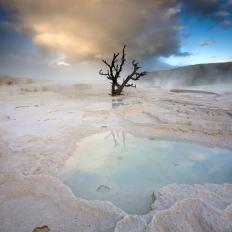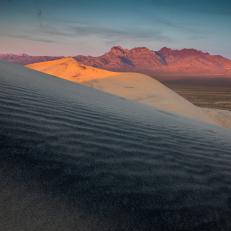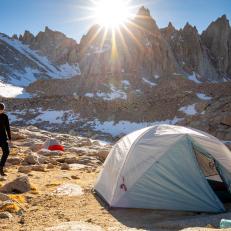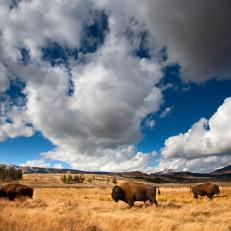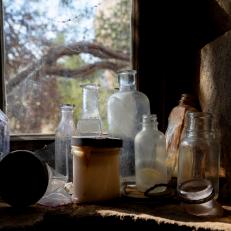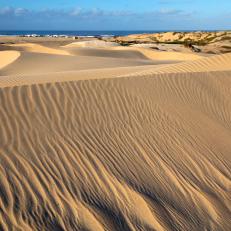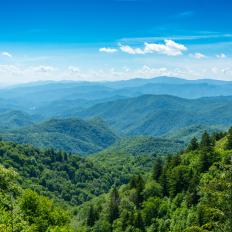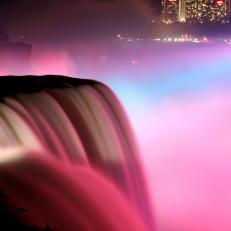Revealing the Ancient Rock Art of the Mojave
Conservationist and nature photographer Ian Shive takes Mojave National Preserve in California to share with the ancient art that adorns the rocks throughout the desert.
Watch his journey unfold in the latest episode of Nature in Focus.
October 11, 2021

By:
Ian Shive
Show:
Nature in Focus
Related To:
lessRelated To:
View The Gallery
1 / 18
A vast, wild and rugged place, the desert of the Mojave is no joke. Lots of water is needed to stay hydrated, even on a moderate day. One of the largest units of the National Park Service, there is always more to explore here, just plan accordingly!
Portrait of David Nichols, Archaeologist, National Park Service, near a boulder covered in petroglyphs. This image was made on my first trip to Mojave on assignment for the National Parks Conservation Association, and I immediately fell in love with the history and land. Mr. Nichols - and all of the park service personnel in Mojave - are a critical link in interpreting the history of this special place.
Detail of abundant rock art from the pre-Columbia era of the inhabitants of what is now Mojave National Preserve, California. This particular area is on the register of national historic places.
800-1000 years ago this area was still volcanically active, which means the formations and shapes and geology of the area was most likely encountered by the people who inhabited this region going back 2,000 years. What did they experience and did it influence the rock art on the walls?
Light rays pass from the surface into the subterranean Cima lava tube. This cave is incredibly special, but getting there at the right time of day is key to seeing the rays of light. Check out the past episode of Nature in Focus where we first experience this phenomenon.
A seemingly barren landscape, life and history abound here in Mojave National Preserve, California.
In this wash, along this rock wall are numerous petroglyphs and pictographs dating from the late pre-Columbia era, though the age of some appear to be significantly older. This region has been inhabited by humans for at least 2,000 years, though today is is remote, isolated and people are few and far between.
While further exploring the area, I came upon this incredibly graphic rock, which I would later return to under the light of the full moon. The detail is tremendous, though I can't help but wonder if the area that was cracked off was done by vandals or was natural. Please protect these sites if you visit!
Petroglyphs cover the rocks on this archway, with many of their meanings lost to time.
Pictographs are painted on using pigment, such as those seen here protected inside a cave. The darker areas of the cave where there is more shade reveal darker and more well-protected artwork, while the lower paintings are more faded by the sun. These locations are extremely important to the history of the first people to inhabit this region, so please always respect a site if you visit it!
Detail of a pre-Columbia era petroglyph, which was pecked out of the rock with a tool.
Detail of more petroglyphs. Some shapes are more familiar, such as insects the horns of sheep, yet others are more abstract.
Detail of a snake or centipede petroglyph. I first spotted this in late afternoon and made this image, but returned at sunset when the warmth of the light really amplified the colors of the rock and artwork.
While waiting for the light to become warmer and more magical, the volcanically formed mountains reflected a warm. red light from the setting sun.
End of day light creates a firey glow of this petroglyph.
I waited for the sun to go down as a way to capture the rock art with less contrast, as well as hopefully finding ways to pair them with images of the starry night sky.
Returning to this rock once the stars appeared, I was able to make this image. The warm glow on the rock is from the rising moon, which was deep red while low on the horizon.











